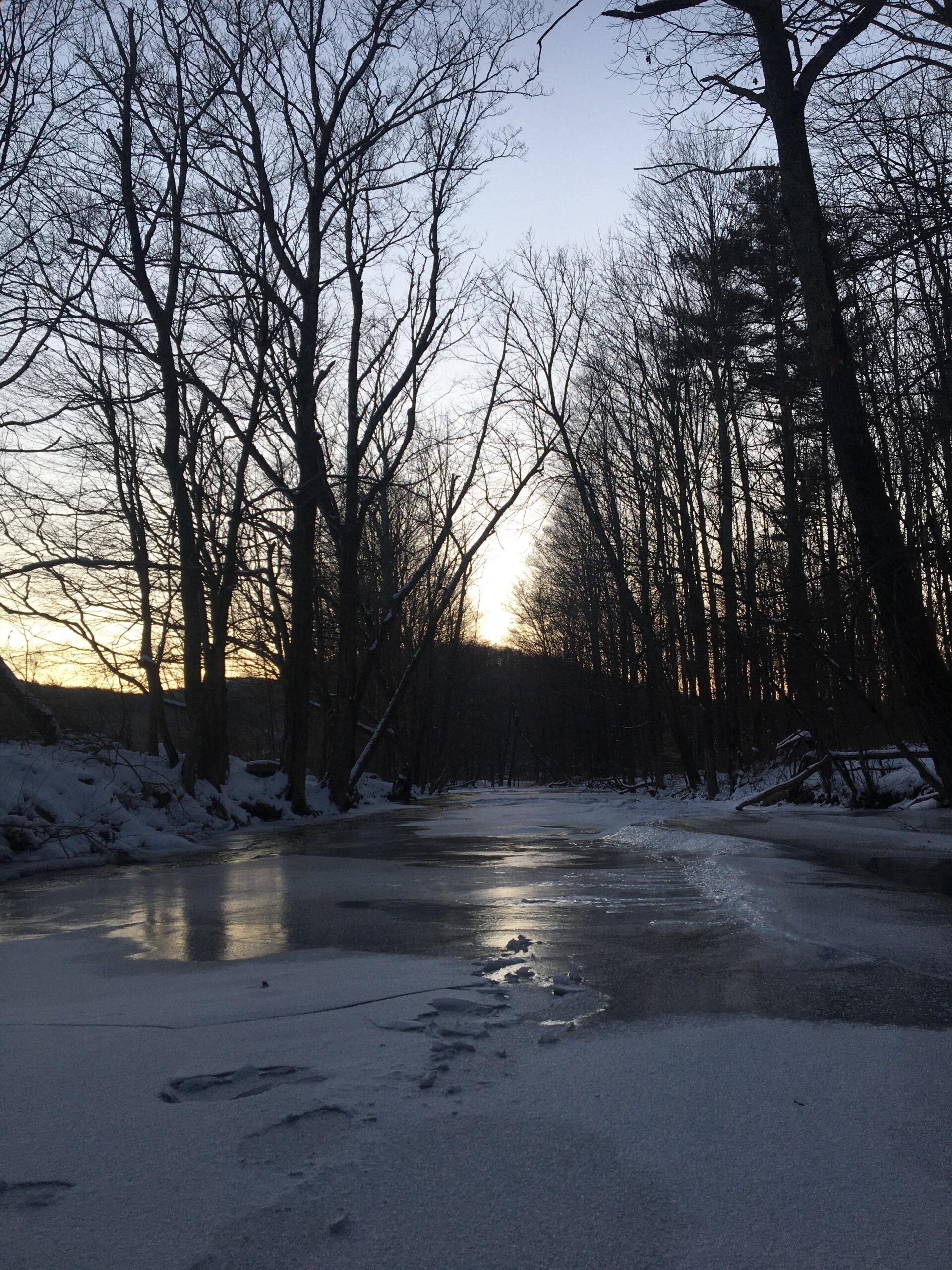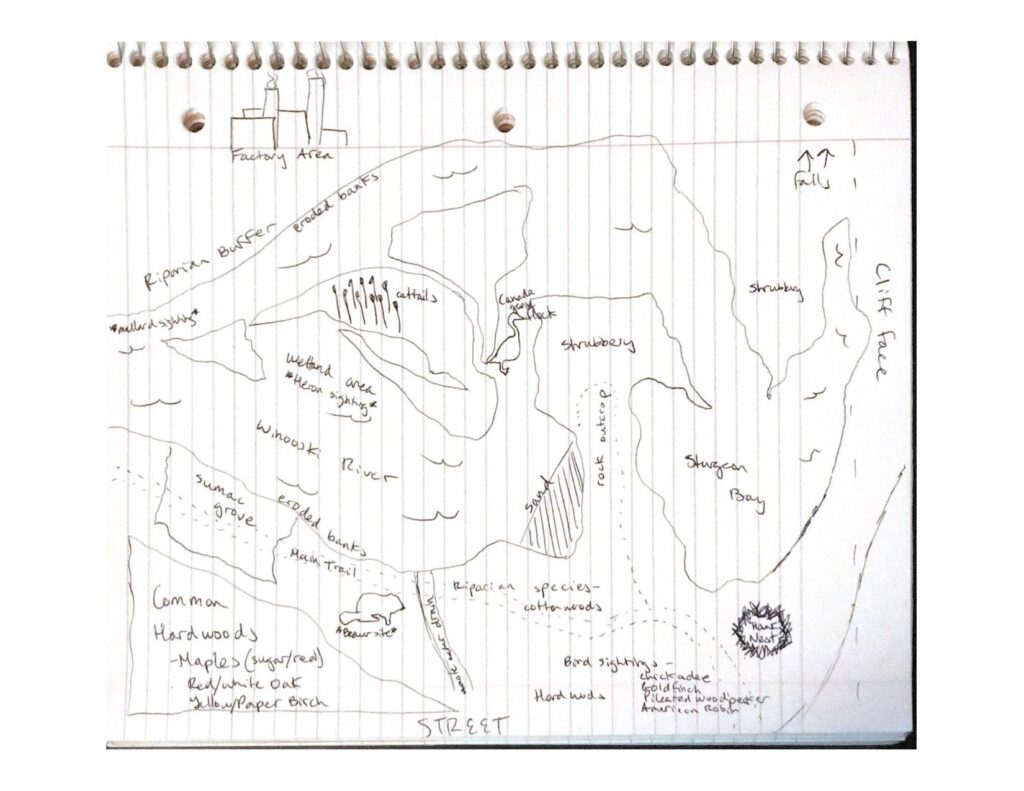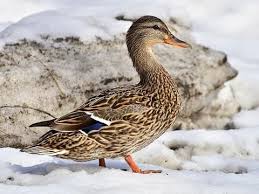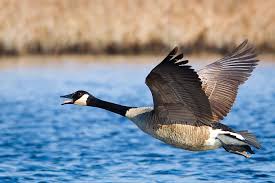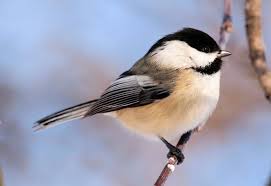As my time at UVM for the semester comes to a close and I return home, it is interesting to look at how different or similar the two ecosystems are- Burlington, being a large city in the state and my hometown, Middletown Springs, being a small rural town, there are bound to be obvious differences between them; however, there were intriguing commonalities that I found between Salmon Hole Park and my new site along the Poultney River, just a 15 minute walk from my house. The site includes a section of maple-tapped trees along with a portion of a large cornfield; in between both is the river, which froze last night.
The ecology and phenology of the separate locations are both fascinating- some similarities between them include the aquatic aspect of the ecosystems and the corresponding wildlife that interact with the environment. At Salmon Hole, the wildlife was mostly avian, including species such as the Great Blue Heron and Black-Capped Chickadee. At the Poultney River Site, the wildlife encompasses a more broad spectrum of species, namely mammals. Deer, fox, and squirrels (along with other rodents) are relatively common in the area since there is a large field and forested section, both of which create habitat for a broader variety of wildlife. Avian species are also present, but mostly common backyard birds or raptors, namely Woodpeckers and Hawks, along with Turkey Vultures. Canada geese are also common in both areas. The vegetation is quite different, with the Poultney Site only being comprised of hardwood trees and Salmon Hole of swamp-like species (cattails mostly). In general, Salmon Hole has a broader range of vegetation in its site area whereas the Poultney River site has a wider variety of species in its ecosystem.
Further, the surrounding landscapes are similar between the two- Salmon Hole is surrounded by man-made constructions (roads, bridges, industrial buildings), and the Poultney River Site is next to a graveyard and a cornfield, both originated from the human involvement in the area. It would be intriguing to take detailed samples from each site (water/soil pH, dissolved oxygen levels, or even E. Choli levels and correlate them with possible causes in the surrounding environments. However, despite these similarities, Salmon Hole is in far more developed surroundings and has a noticeably more diverse vegetative landscape, whereas the Poultney River Site is more isolated yet naturally sustained without the same level of human interference/interaction- it also has a more diverse range of animal species.
